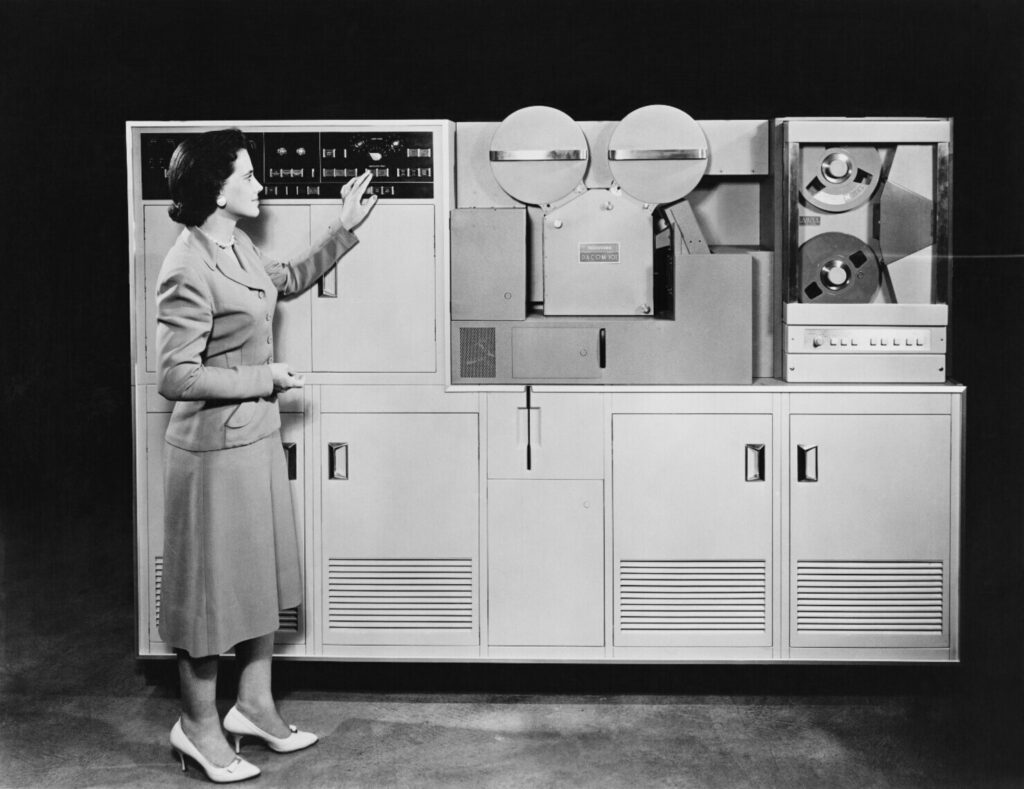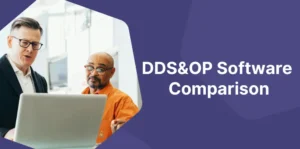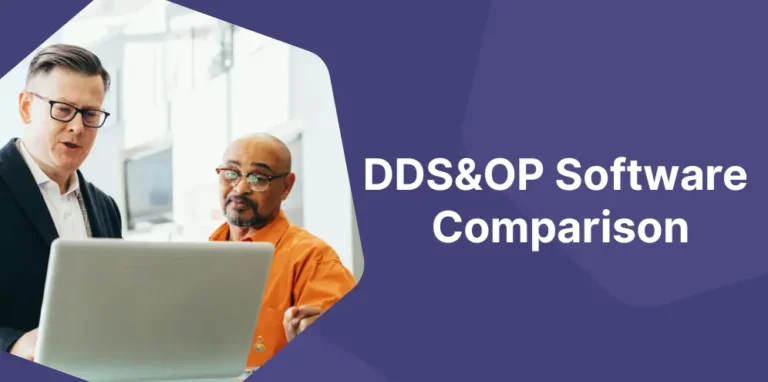The world is changing fast. One crisis follow one another, and opportunities must be seized quickly. To succeed in this environment, companies need agility, continuous adaptation, and resilience.
After the last few years of earthquakes, it seems that the subject is no longer debated, at least in the supply chain community.
And yet, as many companies as ever are carrying out ERP projects.
Don’t you see the problem? Let me explain.
The ERP Upgrade Process
Tada! It’s decided: we’re going to change ERP systems / migrate to the new version / T4 Hisabella. Here’s what happens next:
Step 1: Mobilization!
The go live is scheduled for January in one year. We have no time to lose, we mobilize a project team, and we involve the key people of the different functions. The consultants are there, the workshops follow, “as is” and “to be” — knowing that the “to be” must respect the processes that the ERP proposes as standard. This is already costing us enough!
Step 2: Glaciation!
Of course, all projects are frozen, especially IT projects — it’s the great glaciation.
We all know that the go live date is not realistic, but we pretend… until we concede two months before the go live that we will postpone by six months, or 12 months, or 18 months.
The frosting continues during overtime — there are new situations and processes to adapt. Warm up Excel, the IT team is busy!
Step 3: 3, 2, 1… Impact!
Ouch. This is the go live. Why can’t we ship our products anymore?
Step 4: Collateral Damage
Our teams are on edge, our customers are on our backs, our service rate is severely deteriorated, our delays are huge, and our inventory is drifting. Fortunately, our Excel spreadsheets are working at full capacity.
Step 5: Convalescence
Gradually, we are finding our marks, and the processes are stabilizing. Perhaps we have called on some very intelligent consultants, who have allowed us to repair what we have degraded with the help of other very intelligent consultants.
Phew, we’re going to start looking at customers again, at the competition, at innovating our products and services. What? Three years have elapsed, and the world has changed?
Of course, this is all very exaggerated. You have never witnessed similar situations, have you?
ERP in the VUCA era
Contrary to most projects that are approved in a company, ERP projects are not typically conducted with an eye to obtaining a return on investment or improving performance. We change or upgrade ERPs to satisfy constraints. We do it because we must: the old version is no longer supported, we have to harmonize with the other sites of the company, all these green or amber text screens look a bit vintage…
We are also encouraged to carry out these projects by an entire industry, including ERP publishers, integrators, big four consultants, etc. There is a whole ecosystem that pushes us to consider this type of project as an unavoidable investment.
Is this approach appropriate for today’s world? While we must constantly adapt to new situations, can we continue to freeze our processes and tools for several months or years? While digital solutions proliferate and evolve very quickly, should we continue to put our fate in the hands of monolithic and complex systems, whose evolution is so penalizing?
Aren’t our ERPs, and their evolutionary process, simply anachronistic and unsuitable for today’s world?
ERP Disruption
My own opinion is that sooner or later, new players will disrupt this industry. We are starting to see ERPs based on an ecosystem of apps, and no-code ERPs that promise continuous evolution. It’s still marginal, but we can bet that the phenomenon will accelerate. Every industry experiences its own disruptions, and perhaps current ERPs are on the verge of such a disruption, as their inability to adapt makes them anachronistic.
Who would want to put a 24×36 film in his smartphone, and send it to the Kodak lab to be developed as soon as the 36 exposures are shot? (I understand this metaphor cannot be understood by our readers born after 1990…)
The giants of decentralized computing on the cloud, where we consume via APIs services distributed in an infinite number of containers — namely AWS, Google or Microsoft — have launched massive initiatives in the field of supply chain. Let’s see what will emerge…
What Can We do Today?
The great strength of an ERP system is that it is a shared enterprise database — and therefore houses all technical and transactional data. Pat master, bill of materials, stocks, customer and supplier orders, everything is structured and shared within the company. This is the core mission of ERP. With a bit of finance associated with these transactions…
When it comes to business intelligence and visibility, modern digital solutions are much more efficient, scalable, quick to implement, adaptable, and much less expensive.
Transitioning decision intelligence, planning and execution mechanisms to a platform such as Intuiflow allows you to limit the scope of the ERP to its core business. This simplifies ERP changes or upgrades, because users do not lose their tools and their reference points before and after. Moreover, in a multi-site environment with heterogeneous ERPs, all sites can share and develop the same processes through a common platform.
Considering an ERP project? Mm-hm. Let’s talk about it!












